Figures & data
Table I. Summary of the SAR values found in the literature.
Figure 1. Schematic diagram of the rat, the AC generator, the coil, the temperature measuring path, the data acquisition unit and the theoretical model of the rat limb using an inverse heat transfer analysis.
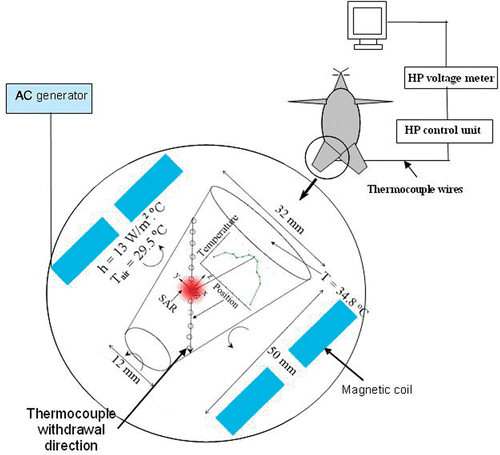
Figure 2. Experimental setup consists of an RF generator and a coil. The rat was placed on a platform and its limb was positioned so that the injection site was located at the center of the magnetic field. The limb was surrounding by ambient air during the experiment.
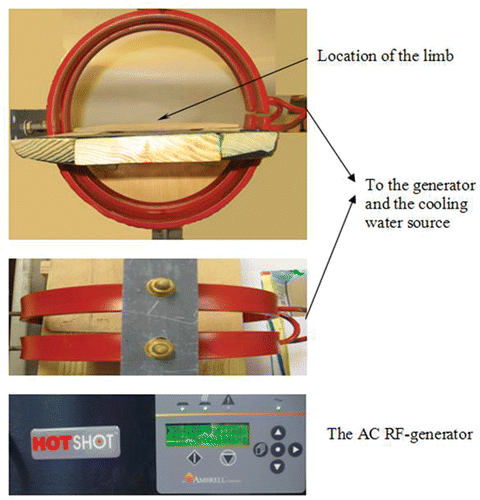
Figure 3. The temperature change recorded by the thermocouple inserted in the middle of the limb. The vertical arrow represents the time when the steady state was established. After that, temperature measurements along the tissue path were performed.
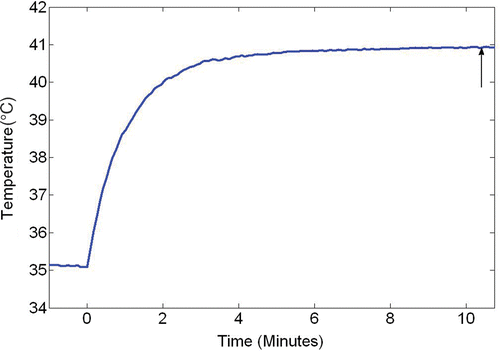
Figure 4. The measured temperature elevations above the core temperature as a function of the measured blood flow rate of the femoral artery.
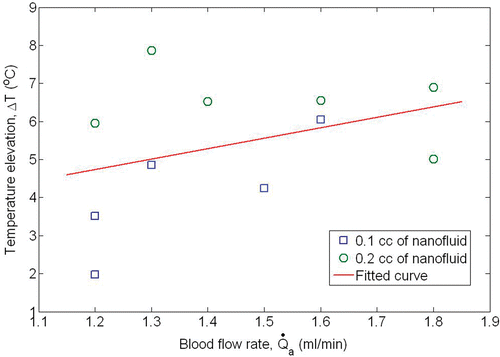
Table II. A summary of the measured variables.
Figure 5. The measured distribution of the temperature elevations above the core temperature along the tissue path inside the limb when (a) 0.1 cc and (b) 0.2 cc of ferrofluid were injected. Lines represent different rats.
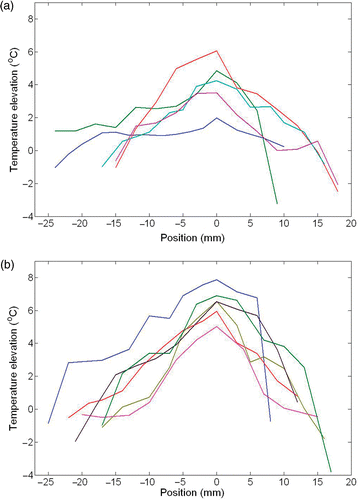
Figure 6. Non-dimensional temperature distribution along the tissue path (T*) for different rats when (a) 0.1 cc and (b) 0.2 cc of ferrofluid were injected.
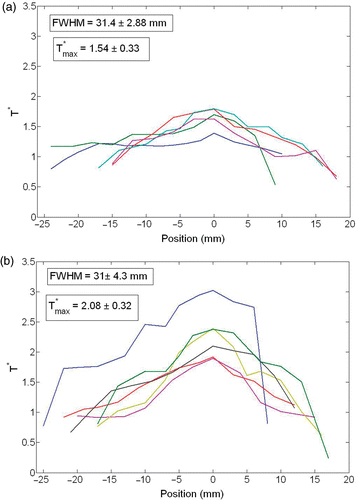
Figure 7. Averaged temperature measurements at various tissue site (symbol with error bar) and curve fit (line) using the inverse heat transfer analysis. (a) 0.1 cc and (b) 0.2 cc ferrofluid.
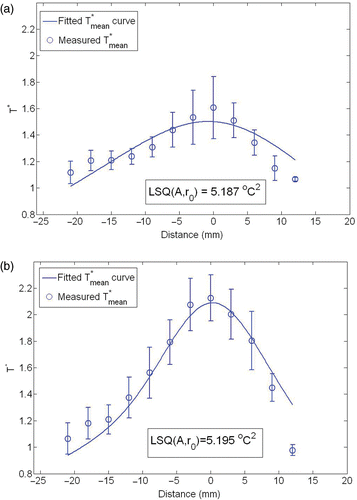
Figure 8. The convergence curves of A, r0 and the least square objection function obtained by the Nelder-Mead Simplex method. A and r0 were normalized by the initial guess of 50 kW/m3 and 3.5 mm respectively. (a) 0.1 cc and (b) 0.2 cc ferrofluid.
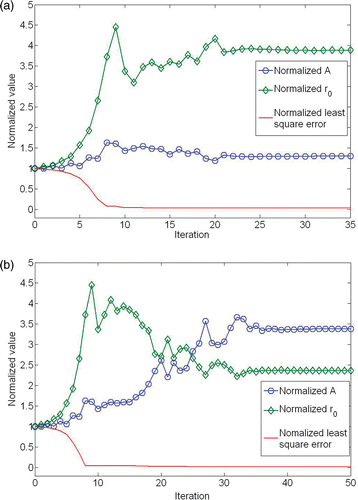
Table III. The calculated values of A and r0 based on the inverse heat transfer problem.